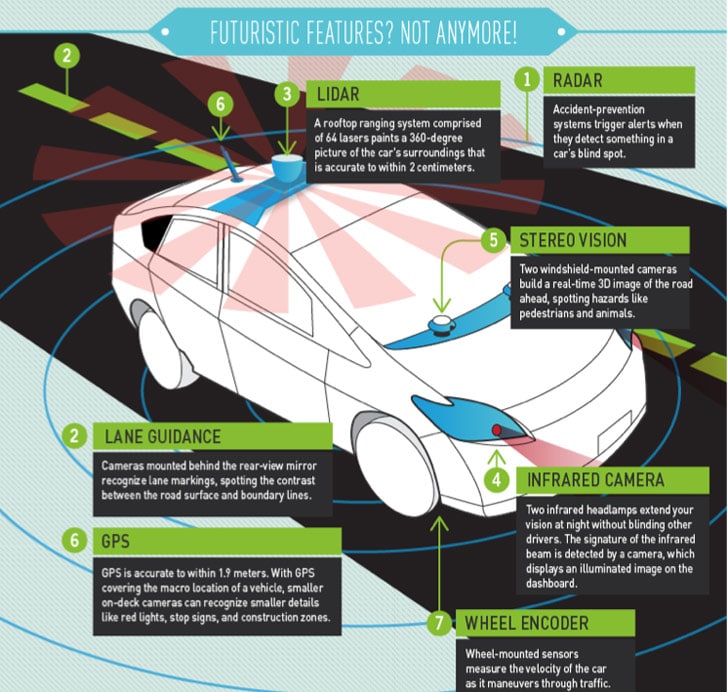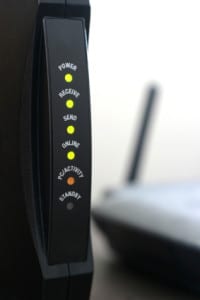Just a note to our readers that you can listen to a great conversation on hacking automobiles on Airtalk, a National Public Radio call-in talk show that airs on WPCC, Pasadena, California. Interestingly: the other expert guest on the show was none other than Chris Valasek of IOActive, one of the most recognized researchers on security vulnerabilities in modern automobiles. [Read more Security Ledger coverage of Chris Valasek’s research here.] Chris and I spoke with host Larry Mantle about the current state of affairs with regard to car hacking: what is possible (theoretically), what is practical and what are car makers doing about it. Check out our conversation via KPCC’s web site: The next frontier for computer hackers: Your car | AirTalk | 89.3 KPCC.
IOActive
Remote Car Hacks Depend On The Internal Design, Say Researchers
When purchasing your next car, you face many options. You want a good price, but also good gas mileage and perhaps an entertainment system for the kids in back. But for Dr. Charlie Miller, Twitter, and Chris Valasek, director of vehicle security research at I/OActive, the main criteria is whether or not the car is a likely candidate to be hacked. In particular they said they were interested in cars that would be more susceptible to remote hacking. Work done previously by Professor Stefan Savage along with graduate students from the University of Santa Barbara and the University of Washington used the Onboard Diagnostic port to control a car. Last year Miller and Valasek used internal wiring to gain control of their test cars. This year the pair said they wanted to take a step back and look at how cars in general communicate internally as a predictor of hacking […]
Wired Imagines Our Dystopian Connected Home Future
Over at Wired.com, the ever-provocative Matt Honan has a great little thought exercise on the “nightmare” that could come from connected home technology gone wrong. His piece, The Nightmare on Connected Home Street, is a first person narrative of a man who wakes up to discover he’s transformed into a cockroach inhabiting a virus infected home. “Technically it’s malware. But there’s no patch yet, and pretty much everyone’s got it. Homes up and down the block are lit up, even at this early hour. Thankfully this one is fairly benign. It sets off the alarm with music I blacklisted decades ago on Pandora. It takes a picture of me as I get out of the shower every morning and uploads it to Facebook. No big deal.” The story goes on to chronicle some of the other dystopian features of connected home malware – the hacked “Dropcam Total Home Immersion” account that […]
Report: Hell is Unpatched Systems
One of the ‘subplots’ of the Internet of Things revolution concerns embedded devices. Specifically: the tendency of embedded devices to be either loosely managed or – in some cases – unmanageable. The future holds the promise of more, not fewer of these. That’s the gist of a piece I wrote for InfoWorld, and that you can read here. In short: we’re already seeing the beginning of a shift on the threat landscape. While attacks against traditional endpoints (like Windows desktops, laptops and servers) are still the norm, there are more stories each day about cyber criminal groups and malicious actors who are compromising non-standard endpoints like home wifi routers. In March, for example, the security consultancy Team Cymru identified a botnet consisting of some 300,000 compromised home routers and other in-home devices. The virus called “TheMoon” was also identified spreading between vulnerable home routers and other embedded devices. The […]
Traffic Monitoring Tech Vulnerable To Hacking
Connected cars aren’t the only transportation innovation that’s coming down the pike (pun intended). As we’ve noted before: smart roads and smart infrastructure promise even more transformative changes than – say – having Siri read your text messages to you through your stereo system. The applications of smart road and connected infrastructure are almost limitless. But at this early stage (mostly proof of concept), much of the light and heat around smart roads is around applications of remote sensors at the roadside, or embedded in the road surface to identify problems like icy roads, the presence of liquids, traffic density, vehicle and pedestrian detection and more. For a nice overview of some sensor applications, check out this video from Liebelium. But that doesn’t mean that attacks against smart infrastructure are problems for the future. The security researcher Cesar Cerrudo points out in a blog post over at IOActive.com that many […]




